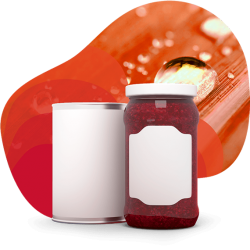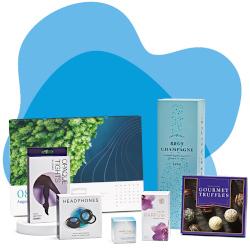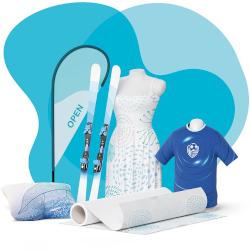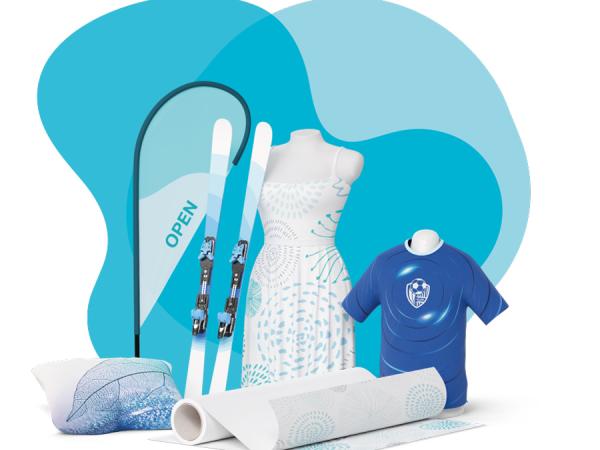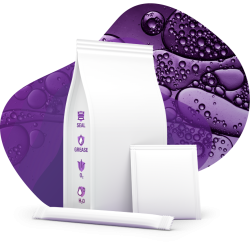
Why today’s luxury packaging must be functional, sustainable – and more
There are serious opportunities for fibre-based packaging in an expanding premium sector

The global luxury packaging market is on the up. The latest report released in October by the research company Prophecy Market Insights, predicts that the market will achieve a compound annual growth rate of 5% between 2022 and 2032, with market value forecast to increase from $15.2bn to $24.8bn. But, to make the most of this opportunity, there are clear trends that brands will need to take into account.
Sustainability
Global tech giant Apple has committed to having plastic-free packaging by 2025 and has already kicked off its sustainability campaign with a 100% fibre-based package for the Apple Watch Series 9, a first for an Apple product. And the box is smaller too, which allows Apple to send 25% more watches per shipment. Meanwhile, the packaging for Apple’s newest iPhone, which was released in September, already comprises more than 99% fibre-based materials.
Apple’s approach to sustainability reflects the outlook of the packaging industry in general. “Consumers are increasingly conscious of environmental impact. They want to know that they are buying from brands that share their values,” says Simon Dipple, senior vice president of international business at BellaGiada, a European luxury product packaging supplier to the likes of Dior and Godiva.
“We’ve got to deliver luxury packaging materials that excite us as consumers – but also don’t harm the planet.”
Mary Lewis, creative director at award-winning design consultancy Lewis Moberly, agrees. “Sustainability is fundamental in material choice,” she says. “With increasing awareness of the impact of packaging waste, there is much more information about materials available to designers. From basic data, such as recycled content and recyclability, to more precise information such as raw material location and supply chain traceability. Data can then be communicated to consumers, both on and off pack, contributing to both principles and processes of the circular economy.”
Aesthetics, functionality – and AI
Any piece of packaging has to be functional, working to protect the product. But it must also look good – this is especially important in the luxury sector where the packaging often has to reflect the premium nature of the product. Within this mix, the packaging also has to meet the client’s individual needs.
For Dipple at BellaGiada, getting all these in balance isn’t easy. “Functionality is still a major concern,” he says.
“Many businesses struggle to come up with creative structural designs that protect and present products effectively.”
Earlier this year, BellaGiada created innovative packaging for lingerie brand Scarlett Gasque that was collapsible and could be stored flat. But it also looked good when made up as a presentation pack for the product. Vegetable-based litho inks, foil blocking and embossing were all used to ensure the packaging created a premium feel. There was no compromise on the sense of luxury, but the solution was also inherently practical.
Tan Mahal, head of creative services at UK-based packaging experts Pusterla Pollards, believes that the place to start is with “a full understanding of the customer’s requirements, in terms of the practical elements surrounding the pack format and the brand’s identity and positioning, and its existing relationship with its consumers”. For Lewis, it’s also important to keep a balance, so as to “deliver both the look and practicalities – while also taking into account sustainability requirements.”
Meanwhile, as the luxury packaging sector grows, there is one tool that is expected to significantly change how the sector goes about its business, from design through to the supply chain – artificial intelligence. For Mark Barduil, Market Insights Lead at global cosmetics packaging manufacturer Quadpack, “Artificial intelligence is going to change the game… AI’s predictive power will touch all areas of the value chain, from product ideation, through production planning, to finance.” Not forgetting, of course, personalisation.

